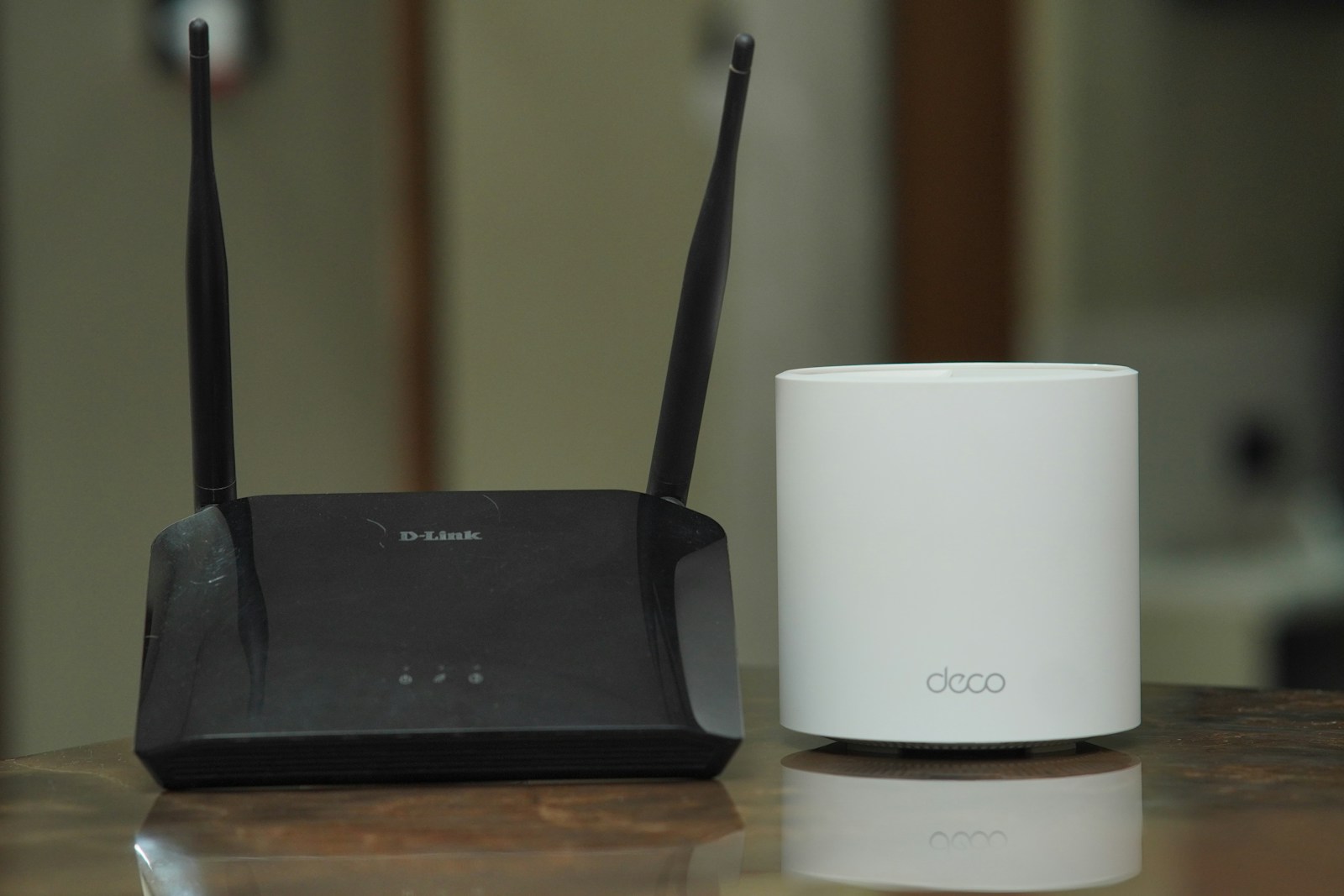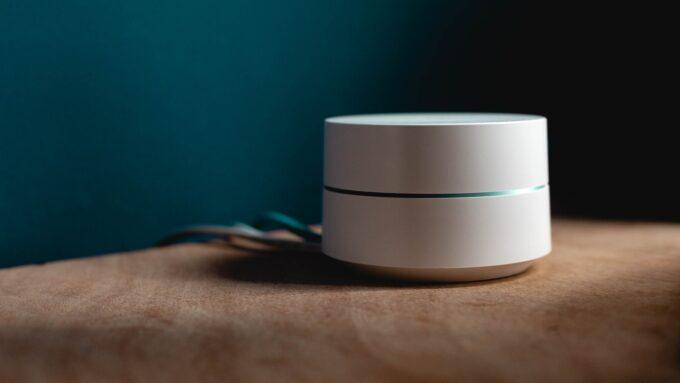What to Do When Your Broadband Is Down: How to Check If It’s a General Issue or Just You
Is your internet connection not working? Slow speeds, dropped connections, or no connectivity at all can be incredibly frustrating, especially if you rely on your broadband for work, school, or entertainment. Before you start panicking or calling your internet service provider (ISP), take a deep breath and follow these steps to determine whether the issue is widespread or specific to your connection.
Check Your Router and Modem
First things first: make sure your router and modem are properly connected and powered on. Check for any loose cables or unplugged power cords. If everything seems to be in order, try restarting your modem and router by unplugging them from the power source, waiting 30 seconds, and then plugging them back in. This simple step can often resolve connectivity issues.
Run a Speed Test
If your internet is working but seems slower than usual, run a speed test to check your connection’s performance. Websites like Speedtest.net or Fast.com can help you determine your download and upload speeds. Compare the results to your plan’s advertised speeds. If there’s a significant discrepancy, it could indicate a problem with your ISP’s network or your equipment.
Check Other Devices
Try connecting to the internet using a different device, such as your smartphone or tablet. If you can access the internet on another device, the issue is likely with your primary device’s network settings or hardware. If no devices can connect, the problem is probably related to your home network or ISP.
Visit Your ISP’s Website or Social Media
Many ISPs have a dedicated page on their website or social media accounts where they post updates about service outages and maintenance. Check these resources to see if there are any reported issues in your area. Some providers even offer an outage map that shows affected regions and estimated restoration times.
Contact Your Neighbors
If you’re friendly with your neighbors, ask them if they’re experiencing similar internet problems. If they are, it’s a good indication that the issue is not isolated to your connection but rather a widespread outage affecting your area. Knowing this can save you time and frustration when contacting your ISP.
Call Your Internet Service Provider
If you’ve determined that the issue is not with your equipment or individual connection, it’s time to reach out to your ISP. Call their customer support line and explain the problem you’re experiencing. They can confirm whether there’s a known outage in your area and provide an estimated time for resolution. If there are no reported issues, they may need to send a technician to investigate the problem further.
Stay Informed and Be Patient
During an outage, keep an eye on your ISP’s website or social media for updates on the situation. If they provide an estimated restoration time, try to be patient and understanding. Remember that the technicians are likely working hard to resolve the issue as quickly as possible. In the meantime, consider using mobile data (if available) for essential tasks or taking the opportunity to unplug and enjoy some screen-free activities.
Prevention and Preparation
To minimize the impact of future outages, consider investing in a backup internet connection, such as a mobile hotspot or a secondary ISP. This can help ensure you stay connected even if your primary broadband goes down. Additionally, regularly monitor your connection’s performance and report any issues to your ISP promptly to prevent potential outages.
Dealing with broadband issues can be stressful, but by following these steps, you can quickly determine the scope of the problem and take appropriate action. Remember to stay calm, communicate with your ISP, and have a backup plan in place to keep you connected when outages occur.
















